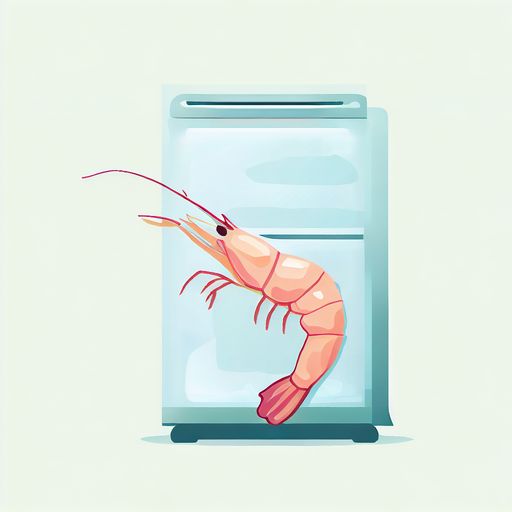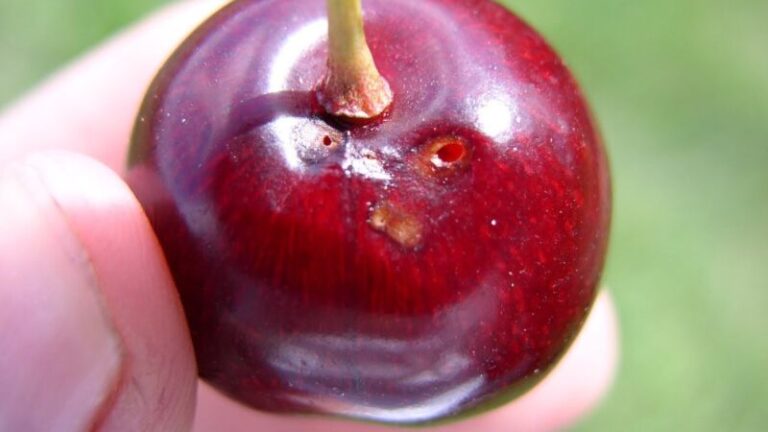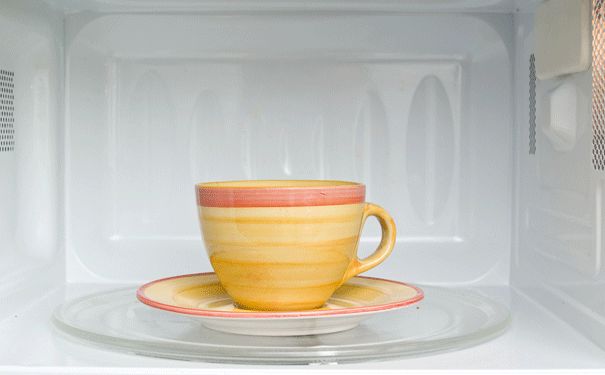How Long Does Shrimp Last in the Fridge?
Knowing how to properly store shrimp is an important part of maintaining food safety. With their delicate proteins, shrimp can go bad quickly if not refrigerated properly. So how long does shrimp last in the fridge before it becomes unsafe to eat?
In this comprehensive guide, we’ll provide a detailed breakdown of shrimp’s fridge life based on whether it’s raw or cooked, peeled or unpeeled. We’ll also explore the science behind shrimp spoilage, signs of bad shrimp, and tips for extending its shelf life through freezing.
Why Does Shrimp Go Bad?
Shrimp is highly perishable due to its natural habitat and chemical composition. As cold-blooded sea creatures, shrimp contain adaptive bacteria that can continue functioning even at refrigerator temperatures. Additionally, shrimp is made up of delicate proteins that break down faster at warmer temperatures, leading to quicker spoilage.
Once dead, shrimp tissue starts decomposing immediately from the activity of enzymes and bacteria. While refrigeration slows this process, it doesn’t completely stop it. So eventually, your shrimp will go bad in the fridge due to natural enzymatic and microbial action.
How Long Does Raw Shrimp Last in the Fridge?
Properly stored, raw shrimp will last around 2-3 days in the refrigerator. However, its exact fridge life depends on whether it’s peeled or unpeeled:
- Peeled raw shrimp: 2 days
- Unpeeled raw shrimp: 3 days
Peeled shrimp has a shorter shelf life since removing the shell exposes more surface area to air and bacterial growth. Whole shrimp with the shell on lasts a day longer.
For optimum freshness, raw shrimp is best used on the same day as purchased. If you plan on cooking it 2-3 days later, make sure to account for this when meal planning and shopping. While raw shrimp may still be safe up to its sell-by date when properly refrigerated, quality starts declining past day 1.
How Long Does Cooked Shrimp Last in the Fridge?
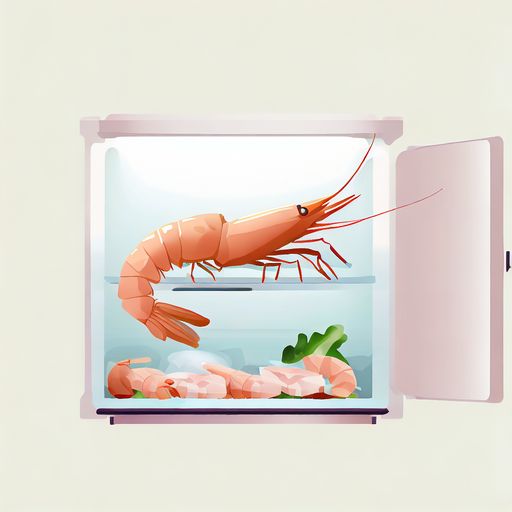
Cooked shrimp lasts slightly longer than raw in the fridge due to the partial destruction of bacteria during the cooking process. Refrigerated properly, cooked shrimp will stay fresh for 3-4 days.
The low temperatures of the refrigerator slow down bacterial growth, giving cooked shrimp a longer shelf life compared to uncooked. But remember, over time bacteria levels will accumulate, causing spoilage.
For maximum safety and quality, try to eat cooked shrimp within 3-4 days of refrigerating. Don’t go beyond 4 days even if it still smells and looks fine.
How to Store Shrimp in the Fridge
Follow these tips for safe shrimp storage in the refrigerator:
- Refrigerate shrimp immediately, within two hours of purchasing or cooking. Leaving it unrefrigerated longer allows bacteria to multiply rapidly.
- Set your refrigerator below 40°F for optimal temperature control against spoilage.
- Place raw and cooked shrimp in separate sealed containers to avoid cross-contamination.
- Make sure shrimp is not leaking liquid into other foods in the fridge.
By promptly chilling shrimp and maintaining proper temperatures, you can safely extend its fridge life to the max storage times.
How to Tell if Shrimp Has Gone Bad
It’s important to watch for signs of spoilage to determine if refrigerated shrimp has gone bad and become unsafe to eat. Here are some key indicators that shrimp has spoiled:
- A strong, putrid fishy or ammonia-like smell. Fresh shrimp has a mild, briny scent, so a foul odor is a definite red flag for spoilage.
- A slimy, mucus-like texture and appearance. Good shrimp looks firm and shiny, while bad shrimp feels sticky or tacky and has a dull color.
- Blackened, shrivelled appearance. As shrimp decomposes, it starts shrivelling up and turns blackish in color.
If your shrimp exhibits any of the above signs, it has likely spoiled and should be discarded. Consuming bad shrimp that contains pathogenic bacteria can cause foodborne illness, with symptoms like nausea, vomiting, diarrhea, abdominal cramping, and fever.
When in doubt, throw it out. Even if spoiled shrimp looks or smells questionable but not clearly bad, it’s not worth the health risk. Don’t taste shrimp that shows even subtle signs of spoilage.
Following the proper storage times in the fridge or freezer will minimize the chances of shrimp going bad prematurely. But it’s still important to rely on your senses when checking for freshness. Trust your eyes, nose, and fingers to determine if your shrimp is well past its prime before consuming.
What Should I Do If I Want To Store My Shrimps Longer?
If you need to extend shrimp’s shelf life beyond the recommended refrigerator durations, freezing is your best option. At consistent frozen temperatures, shrimp’s deterioration considerably slows down for long-term storage.
Frozen properly at 0°F or below, shrimp can safely last for 9 months to a year in the freezer before appreciable decline in quality. Follow the guidelines below for successfully freezing shrimp at home.
How to Freeze Shrimp
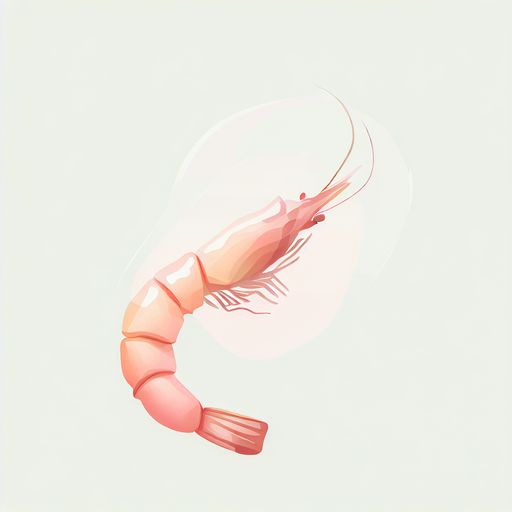
Here are some step-by-step instructions for freezing shrimp at home:
- Rinse fresh shrimp under cold water and pat dry with paper towels.
- You can keep the shell on or peel based on your recipe needs.
- Arrange shrimp in a single layer on a baking sheet and freeze until solid, about 2 hours.
- Transfer frozen shrimp to freezer bags or airtight containers.
- Squeeze out excess air and seal the container.
- Label container with contents and freeze-by date.
- Return to freezer set at 0°F or below.
Properly frozen, the shrimp will maintain quality for 9 months to a year before drying out or developing freezer burn.
How to Thaw Frozen Shrimp
Thaw frozen shrimp safely using one of these methods:
- Refrigerator: Place frozen shrimp in the fridge overnight or up to 1-2 days for gradual thawing.
- Cold Water: Submerge a sealed bag of frozen shrimp in cold tap water, changing water every 30 mins until thawed. Cook immediately.
- Avoid thawing shrimp at room temperature or in hot water, as bacteria can multiply in the danger zone between 40°F and 140°F.
Microwave thawing is also not recommended, as it can start cooking the shrimp unevenly. For food safety, cook thawed shrimp immediately and don’t refreeze.
How Long Do Shrimp Last FAQ:
How long does cooked shrimp last in the freezer?
Cooked shrimp can be frozen for 6-9 months if packaged airtight at 0°F or below.
Is frozen shrimp as good as fresh?
Fresh shrimp is preferable for maximum flavor and texture. But properly frozen and thawed shrimp can be a decent alternative when fresh isn’t available.
Can you leave shrimp at room temperature?
Never leave shrimp unrefrigerated for more than 2 hours. Bacteria multiply rapidly at room temperature, increasing the risk of foodborne illness.
The Takeaway on Storing Shrimp Safely
And that sums up the ins and outs of shrimp storage! To recap, be mindful of:
- Differentiating between raw and cooked shrimp shelf lives
- Maximizing fridge freshness with proper temperatures
- Recognizing signs of spoilage
- Freezing for long-term storage
Armed with these shrimp storage guidelines, you can enjoy your favorite shrimp dishes while minimizing food safety risks. Feel free to reference this handy guide whenever questions about shrimp’s fridge life arise!
